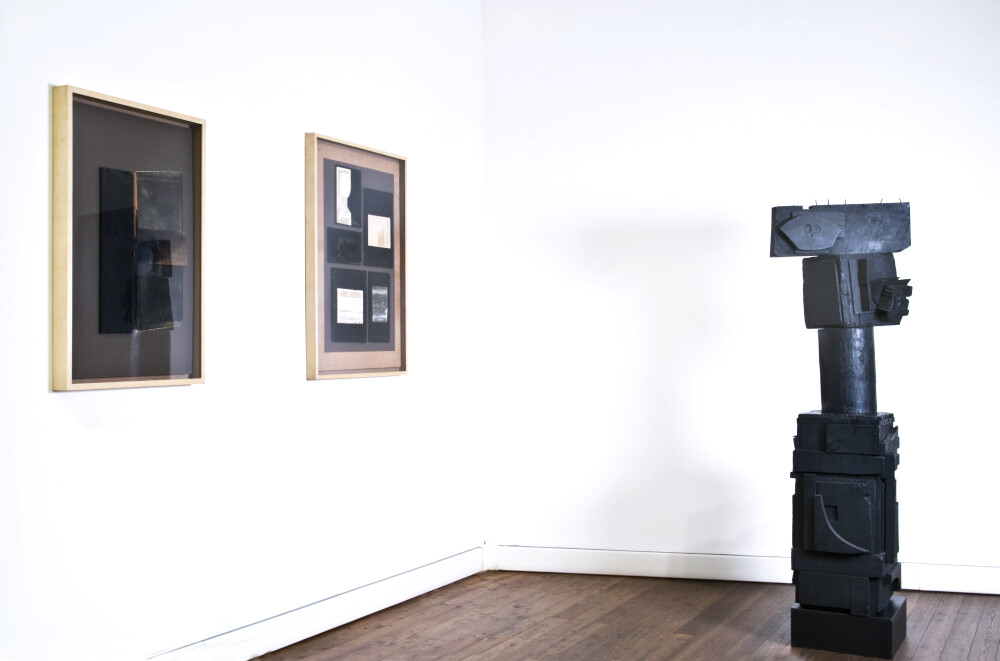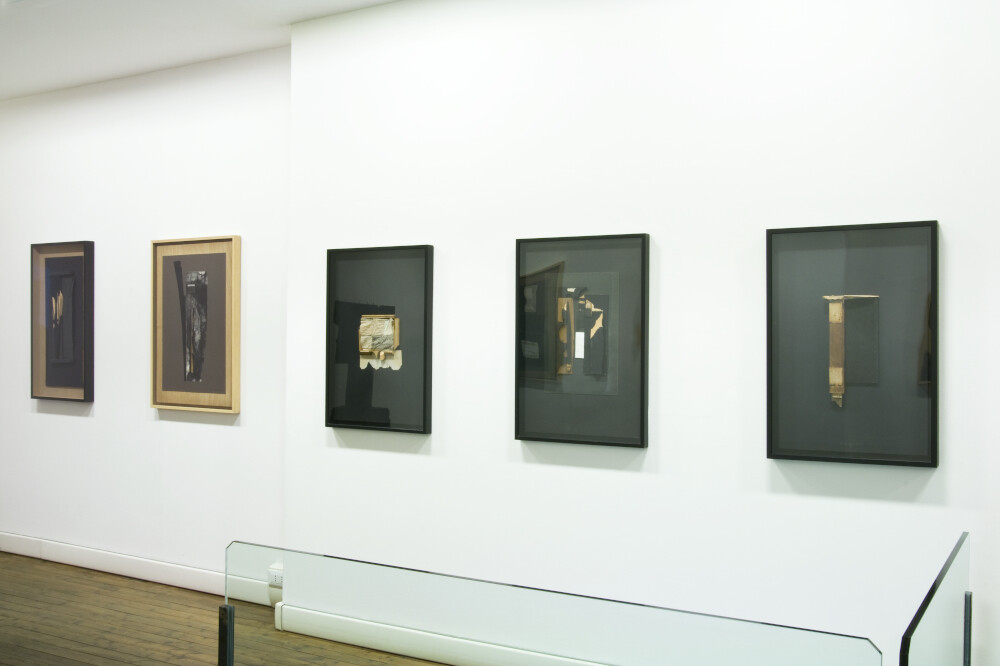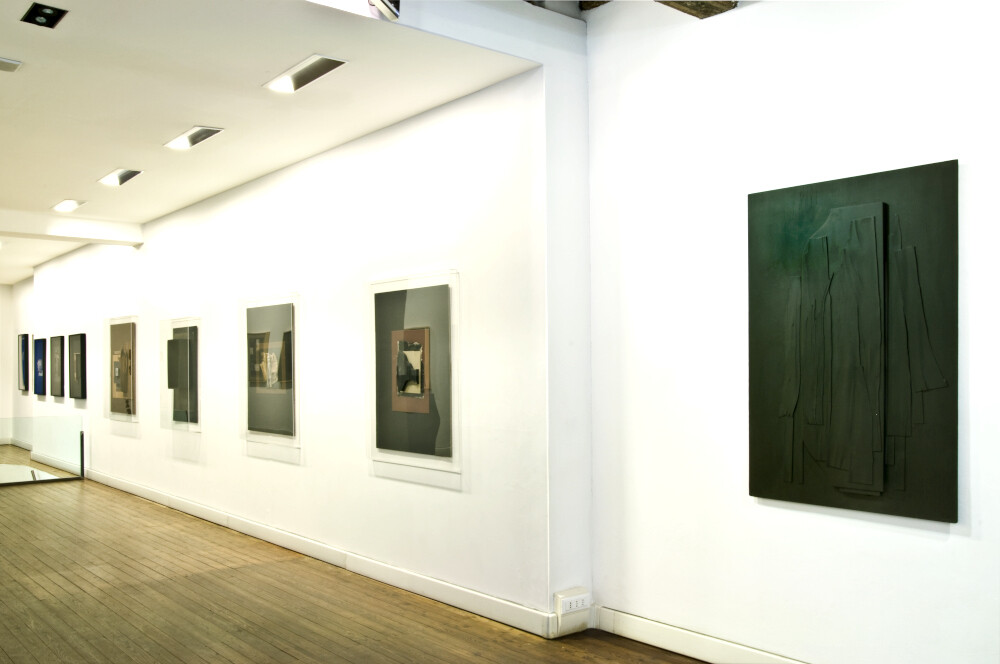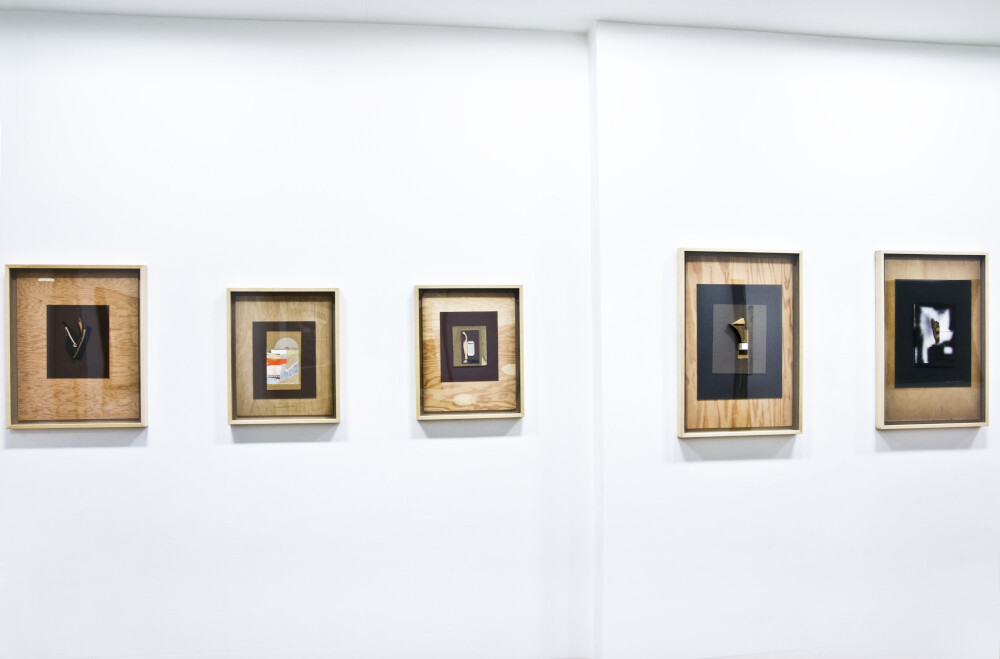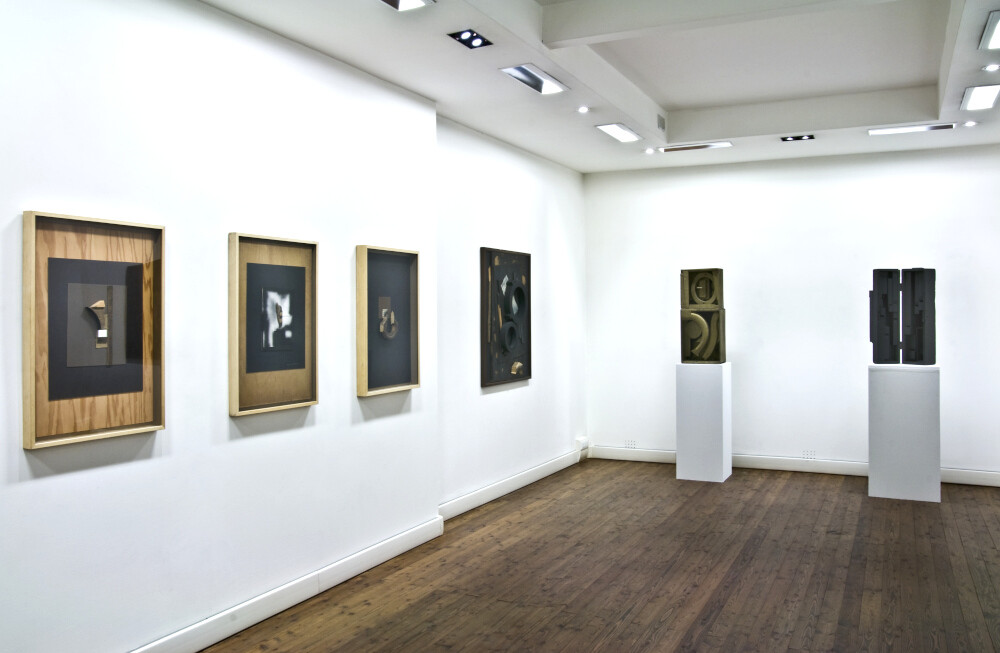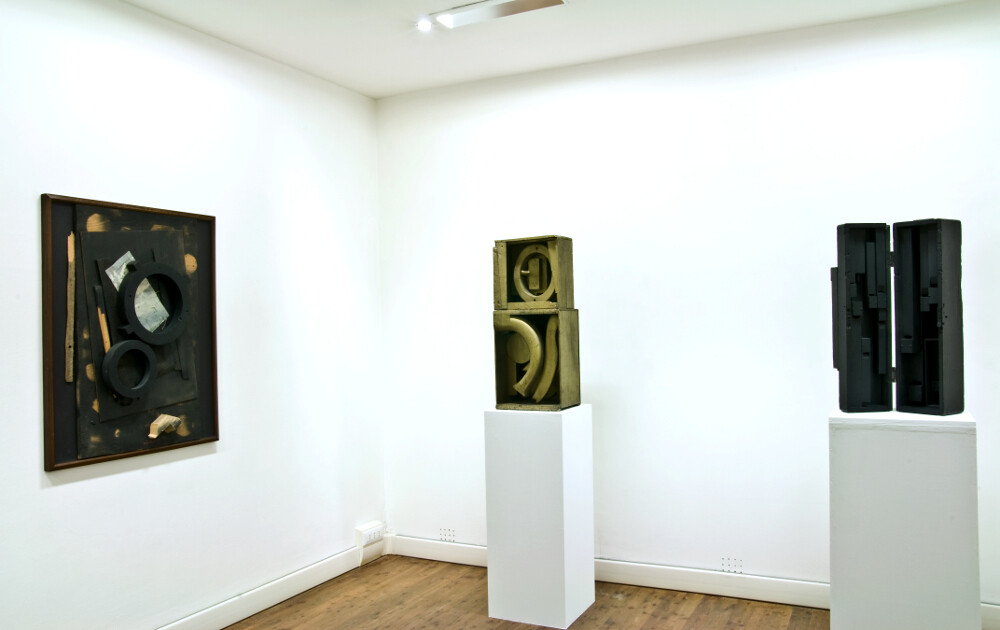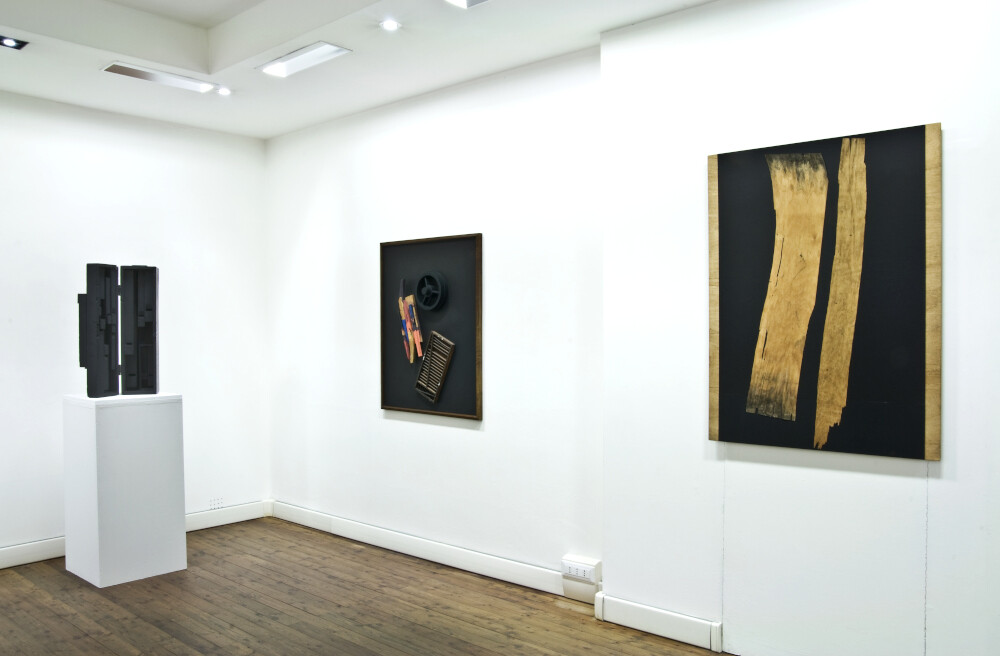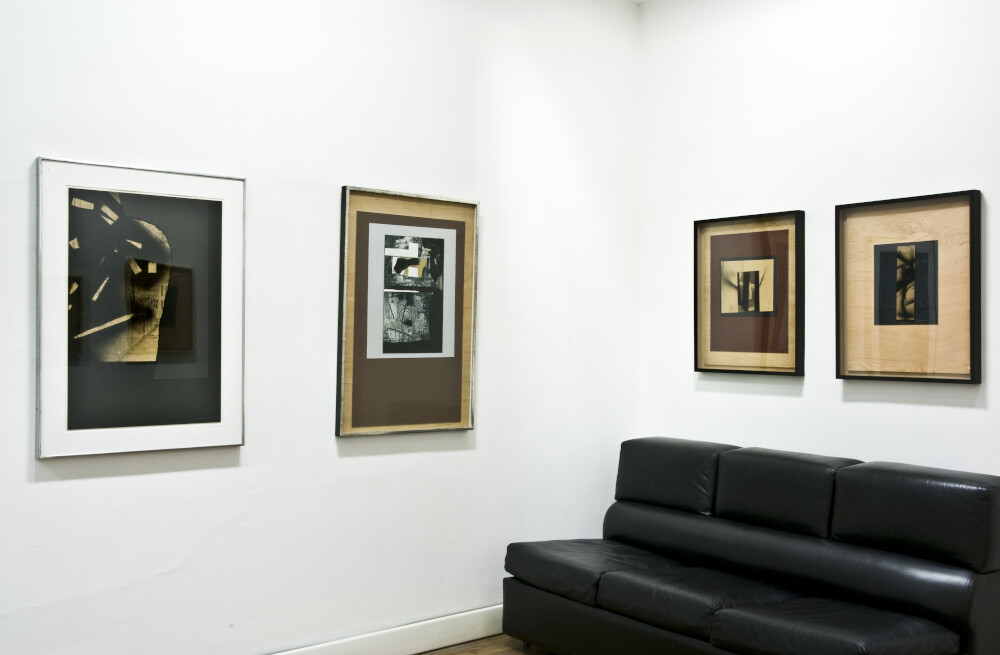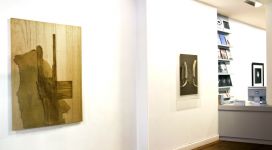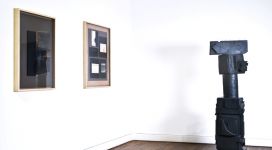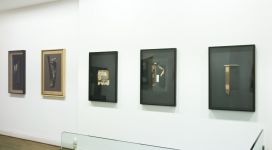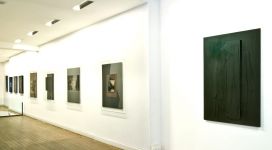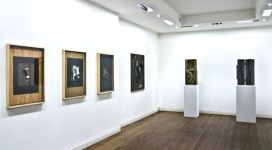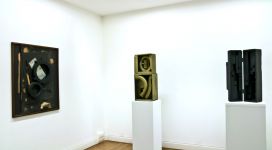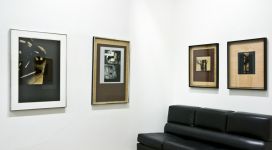| LOUISE NEVELSON | Catalog | |
| Collages | ||
| curated by MAURO PANZERA and ANDREA ALIBRANDI | ||
| 8 may – 25 july 2009 |
Galleria Il Ponte in Florence presented the first exhibition devoted entirely to the collages of Louise Nevelson.
Parallel to the Mara Coccia gallery of contemporary art in Rome (21 April – 3 July 2009) and in conjunction with Fondazione Marconi in Milan, Galleria Il Ponte showed and published 60 works dated 1959 to 1986 from the Nevelson Estate, providing the first extensive view of her “flat” work.
During her life, the Russian-born US artist (Kiev 1899 – New York 1988) never wanted to put together an exhibition of these works. She evidently considered them an intimate and personal creative process where the intuitions, rhythms and modulations of her great 3D sculptures came into being and developed.
On more than one occasion Nevelson stated that her thought processes were “like a collage”. She eliminated the boundaries between painting and sculpture: indeed in her work space is often undistinguishable from the surfaces, which are manipulated to give this impression. The elements making up her work are neither ready-made, nor modelled following her compositional requirements: it was simply the nature of the thing that the artist was making that suggested what type of material to use. Nevelson preferred to work with all the elements at once, without making any preliminary sketches, and instead developed the constructive layout using different combinations of wooden shapes and fragments of objects. So she instinctively slotted the sculptures together as she composed them.
Therefore, these collages offer the rare opportunity to gain an insight into her working process, whose constant aim was to investigate and explore the characteristics of these found objects as she was so fascinated by the nature of the materials and the shapes that they assumed. Composed of a great variety of materials, colours, metals, old and crumpled paper, and wood, these panels include surprising touches of colour and reveal the artist’s “spontaneous” creation process.
The exhibition also presents some sculptures that provide a counterpoint to the collages in order to give a more complete reading of this sculptor’s complex work.
Louise Nevelson trained as a sculptor at the Art Students League in New York from 1928 to 1930 and then in Munich with the painter Hans Hofmann. Her sculptures from the 1930s and 40s are influenced by Cubism, Surrealism, Constructivism, Dadaism and the ideas provided by her studies of pre-Columbian civilisation and Totemism in Aztec culture, which she discovered during her travels to Mexico and South America. In the early 1950s she started to work with wood, an activity that at the end of the decade would lead her to make her famous “wall sculptures”, vertical works filled with discarded pieces of wood and various types of objects, all painted the same colour: black, white or gold. So she created frontal sculptures which the spectator can explore in single parts, or admire in their imposing structures and the harmonic combinations of all the various fragments that compose them.

